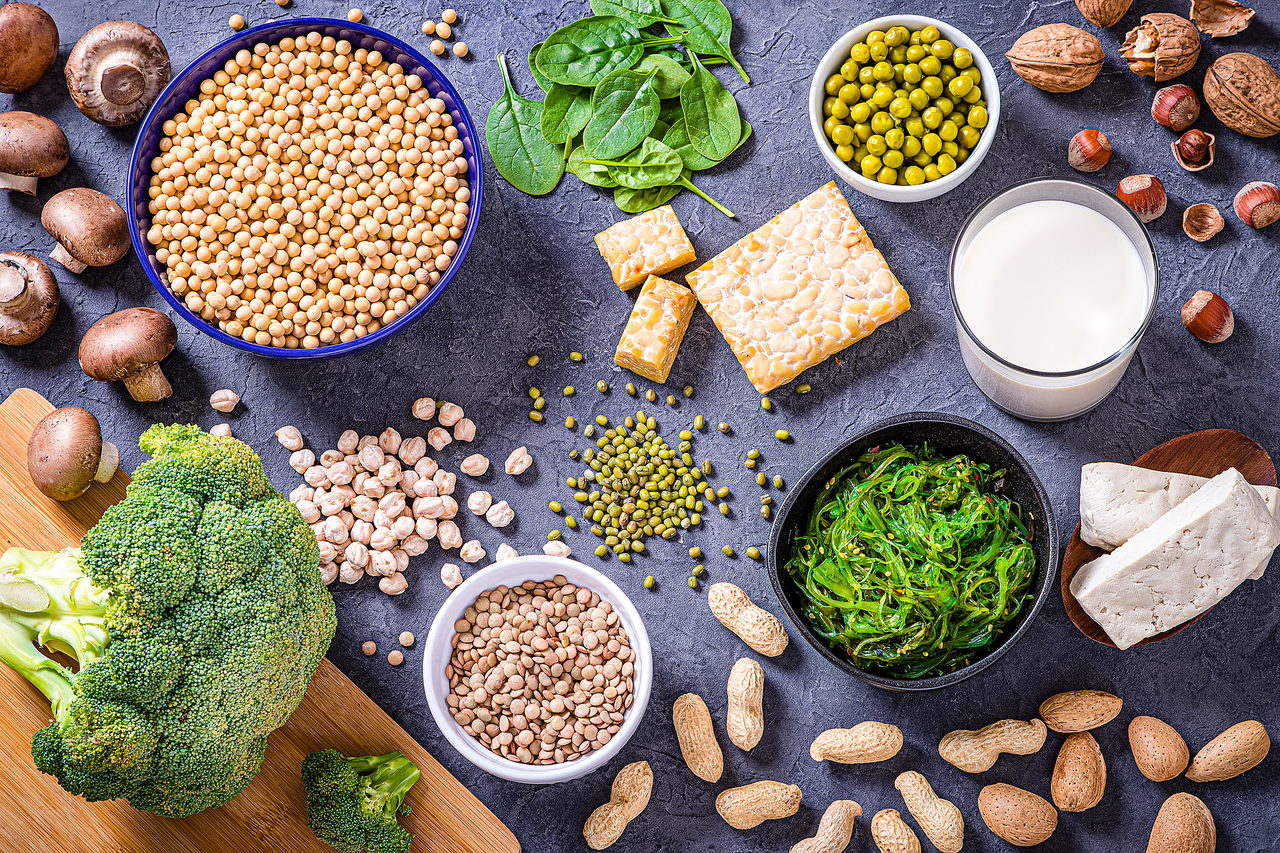PROTEIN REPORT
Alternative


Many consumers perceive plants as healthier than animal products, says Ernst & Young's Rob Dongoski. Photo courtesy of Getty Images/carlosgaw
It’s no surprise that alternative meat products are popping up everywhere these days. In fact, they have grown so much that data by Ernst & Young predicts alternative meat could see 40% market share by volume by 2040 in the
United States.
Another good predictor: GFI recently awarded $5 million to boost research into alternative proteins, in an effort to help meet overarching climate goals. One thing is certain: alternative protein is being reimagined at a global scale.
Rob Dongoski, Ernst & Young Food and Agribusiness Leader, says the protein system is transforming and believes it will offer opportunities to help address some of the world’s most pressing challenges, from decarbonization, to restoring ecosystems, to reducing circular and bio-based materials.
There are three different types of alternative protein for meat replacement: plant-based, which we see most in the market today; cultured products, which aren’t readily available yet and we don't know much about; and fermentation, says Dongoski.
Consumers are now familiar with the simple plant-based burger, and it seems to be getting some traction. “Still, I’m not sure consumers completely understand what they’re eating and I think they continue to dig in to ask, where does my food come from? How is it treated?” Dongoski says.
To discuss the move to alternative protein, we need to know why consumers make the choice. Most of it, Dongoski notes, is curiosity. Also, there are vegetarians who perhaps see this as a great alternative to experience the meat taste. And then there are vegans and vegetarians who chose the lifestyle for reasons like environmental care and animal welfare.
Alternative proteins are evolving into different product types
The protein system transformation
KRISTEN KAZARIAN, MANAGING EDITOR
“I think we’ve got a lot of room to grow—40% by 2040 is a lot of innovation between now and then.”
